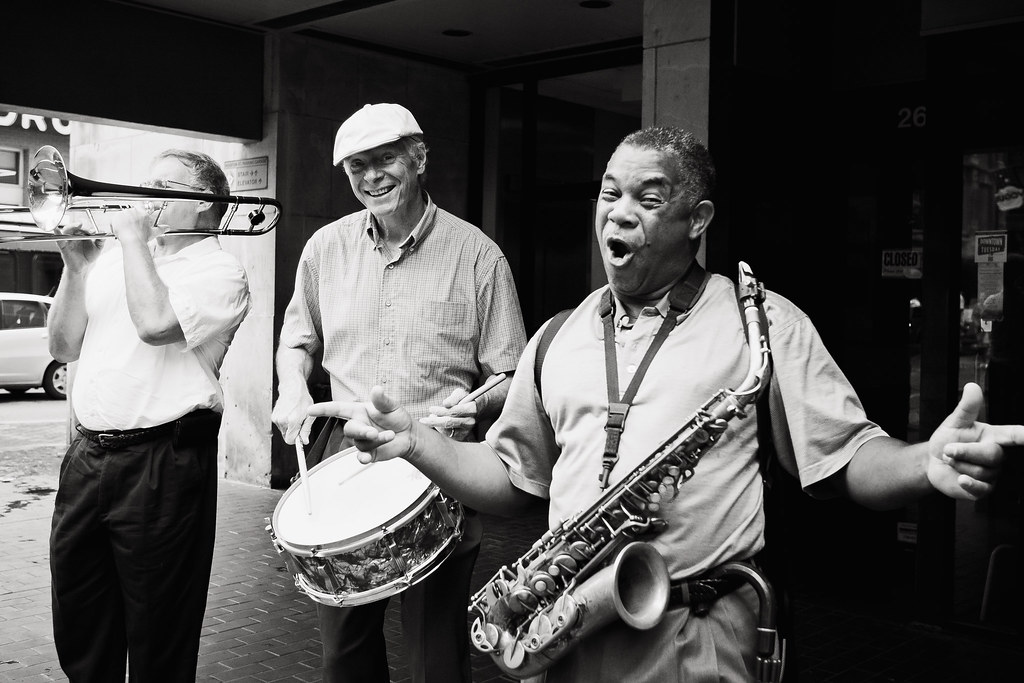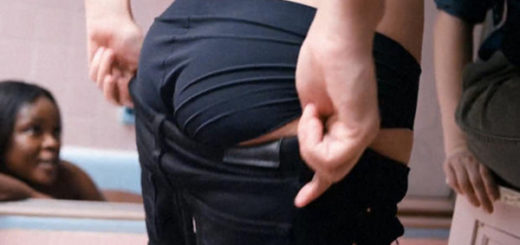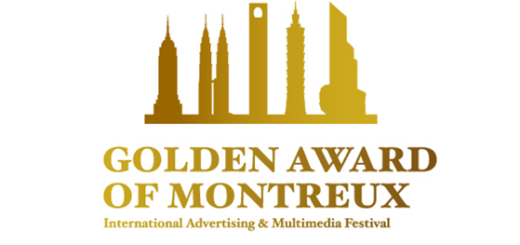Origins of genres: Free Jazz
It’s time for another instalment of Origins Of Genres! This week we are diving into the roots of Free Jazz.

Influence of time
Free Jazz developed during the late 1950s and is closely linked to a series of historical events. To understand what inspired musicians to create Free Jazz, it is important to take a look at the circumstances at the time.
After the Great Depression of the 1930s and the war years of the 1940s, people started to search for new styles and inventions in many different fields. During war, there was no space for experimenting with music.
“Even though the big bands of the US army played Jazz, it was always played with discipline in arrangements”, explains Jazz singer Marjoleine Leene. Swing music (played by big bands) gained popularity around the 1930s and was less ‘stiff’ than the 4/4 tempo of early jazz.
“At some point the resources required to support big bands became problematic and smaller bands were formed by the musicians from the Swing-era big bands. Many of these musicians realised there were more possibilities in this new set-up and used their knowledge of music to experiment more.”
It was time to break with the past and strive forward after a period of tradition and rules.
Initially this resulted in Modal Jazz, in which there is notably more freedom than older styles of Jazz music, yet still it contains structure and needs to be played according to certain rules. Improvisation was already an important part of this, but still followed a set of rules to make sessions run smoothly.
During the Civil Rights Movement, a series of events took place that lead to Jazz musicians protesting through their music. “Once the musicians who played it and the listeners who loved it began to balk at the limitations imposed by segregation, jazz became a futuristic social force in which one was finally judged purely on the basis of one’s individual ability” explained Jazz historian Stanley Crouch. Racial segregation was still legal at the time, but white people enjoyed listening to black Jazz Musicians. Through their music, the musicians cried out for freedom.
Freedom to play as they wanted, as well as freedom to live as they wanted.
Ornette Coleman
From this time, in which people were looking for freedom, innovation, and ways to break with the past, we know many artists who broke away from the established art genres, amongst them Ornette Coleman.
Coleman was looking for renewal, and wanted more freedom than could be found in the existing Jazz styles. He wanted to play without rules. He recorded the longest recorded continuous Jazz performance up to date (approximately 40 minutes), named “Free Jazz: A Collective Improvisation”. This is were the genre got its name from. It was a continuous improvisation played by two Jazz quartets simultaneously, and is referred to as the first Free Jazz LP. Coleman however expressed discomfort with the term, because there was some composition involved, and thus it does not comply with the principles of Free Jazz.
Coleman and the musicians he played with knew a lot about Jazz, as do most Free Jazz musicians. They know the scales and structures, have most likely played and heard them many times before… And that is exactly why they can play Free Jazz. Letting go of all rules, reckless as it may sound, requires a lot of knowledge and sharp listening during the improvisation.
These are the main differences between ‘normal’ Jazz and Free Jazz:
Jazz
- Structures for notes, chords and rhythm that most Jazz musicians learn or know
- Predictable
- Can be prepared for
- Can be repeated
Free Jazz
- No set structures, yet you need knowledge of Jazz to understand
- Non-predictable
- Other than broad knowledge, preparation is impossible
- can only be played once
Free Jazz is like a spontaneous conversation; it can not be repeated because it would not be spontaneous anymore.


